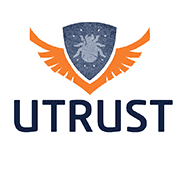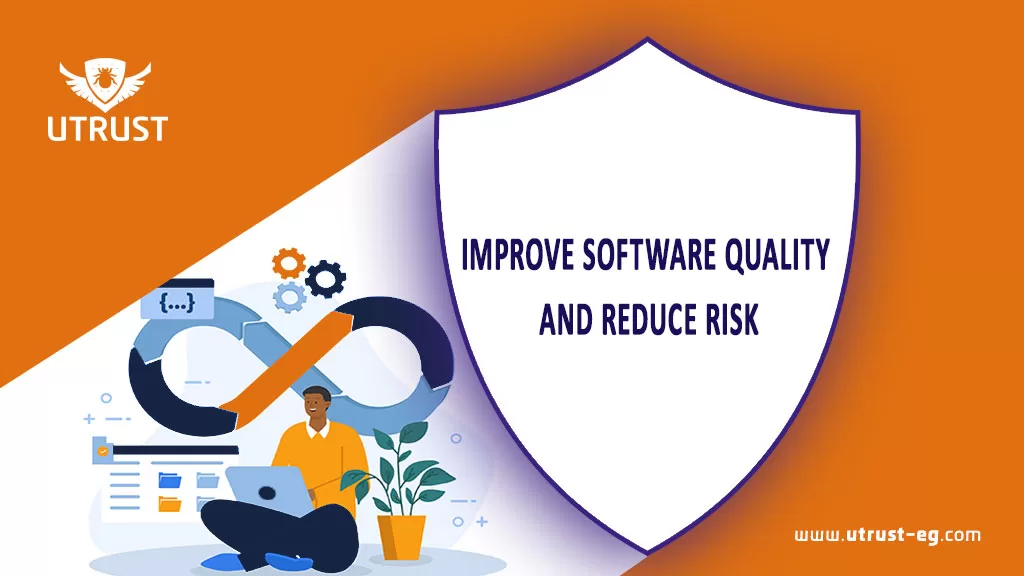CI/CD Process: How To Improve Software Quality And Reduce Risk
Continuous Integration (CI) is a software development practice that aims to improve software quality and reduce risk by automating the process of integrating code changes into a shared repository. It involves frequently merging code changes from multiple developers into a central codebase, followed by automated builds and tests to detect issues early in the development cycle. CI has become an essential component of modern software development, enabling teams to deliver high-quality software more efficiently.
Implementing a robust CI process can significantly enhance software quality and minimize the likelihood of bugs, regressions, and integration conflicts. By continuously integrating code changes, developers can identify and address issues early on, preventing them from propagating and becoming more complex to resolve.
Key steps to improve software quality and reduce risk through the CI process
- Establish a Version Control System (VCS): A reliable VCS, such as Git or Subversion, is vital for effective CI. It enables developers to work concurrently on different features or bug fixes, managing code versions and facilitating seamless collaboration.
- Automate builds: Setting up an automated build process is crucial to ensure consistent and reproducible builds. Build automation tools like Jenkins, Travis CI, or CircleCI can automatically fetch the latest code changes, compile the code, and generate executable artifacts.
- Write comprehensive tests: Automated testing is a fundamental aspect of CI. Develop a robust suite of tests, including unit tests, integration tests, and end-to-end tests, to validate the functionality and behavior of the software. Execute these tests as part of the CI pipeline to identify any regressions or defects introduced by code changes.
- Continuous Integration Server: Employ a dedicated CI server to orchestrate the CI pipeline. The server monitors the version control system for code changes, triggers the build process, and runs the automated tests. It provides feedback to the development team about the status of the build and test results.
- Isolate dependencies: To ensure reliable builds and tests, isolate external dependencies, such as libraries or frameworks, from the core codebase. Utilize dependency management tools like Maven or Gradle to manage and resolve dependencies automatically.
- Monitor code quality: Integrate code quality analysis tools, such as SonarQube or ESLint, into the CI pipeline. These tools assess code against predefined coding standards, detect code smells, and provide insights into potential vulnerabilities or performance issues.
- Continuous Deployment (CD): While CI focuses on integrating and testing code changes, CD takes it a step further by automating the deployment process. With CD, validated code changes can be automatically deployed to staging or production environments, reducing the risk of manual errors and ensuring faster delivery.
- Feedback and Collaboration: Foster a culture of collaboration and feedback within the development team. Encourage developers to review each other’s code, provide constructive feedback, and share knowledge. Code reviews help identify potential issues, improve code quality, and ensure adherence to coding standards.
- Monitor and analyze CI metrics: Continuously monitor and analyze key CI metrics, such as build success rate, test coverage, test failure rate, and deployment frequency. These metrics provide insights into the health of the CI process and help identify areas for improvement.
- Iterate and improve: CI is an iterative process. Regularly review and refine the CI pipeline based on feedback, metrics, and the evolving needs of the project. Embrace a culture of continuous improvement to enhance software quality and reduce risks further.
How can continuous deployment (CD) further reduce the risk of manual errors in the deployment process?
Continuous Deployment (CD) is a software development practice that automates the deployment process, allowing validated code changes to be automatically deployed to production or staging environments. CD further reduces the risk of manual errors in the deployment process in the following ways:
- Consistency: CD ensures that the deployment process is consistent across all environments. By automating the deployment steps, the same set of instructions and configurations are applied consistently, eliminating the potential for manual errors caused by inconsistencies between environments.
- Standardization: CD promotes the use of standardized deployment scripts and configurations. These scripts are version-controlled, reviewed, and tested, ensuring that the same deployment process is followed every time. This reduces the risk of human error associated with manual deployments that may vary due to individual preferences or oversight.
- Reproducibility: CD allows for the reproducibility of deployments. The deployment process is defined as code, stored in version control, and executed automatically. This eliminates the risk of manual errors caused by human operators forgetting or misconfiguring certain steps during the deployment process.
- Rollbacks and Roll-forwards: CD enables efficient rollbacks and roll-forwards in case of deployment failures or issues. Since CD automates the deployment process, it becomes easier to revert to a previously known working state by rolling back to a previous version of the application. Conversely, if a deployment is successful, CD allows for easy roll-forward to the latest version. This ability to quickly revert or move forward reduces the impact of errors and minimizes the downtime associated with manual recovery processes.
- Automated Testing: CD often includes automated testing as part of the deployment pipeline. Before deploying to production, the code changes go through a series of automated tests, including unit tests, integration tests, and acceptance tests. These tests help identify potential errors or issues before the deployment occurs, reducing the risk of introducing bugs or regressions into the production environment.
- Continuous Feedback: CD provides continuous feedback on the deployment process. It generates logs, reports, and notifications that can be used to monitor the deployment and identify any errors or anomalies. This feedback loop enables quick detection and resolution of issues, reducing the time between deployment and error resolution.
- Increased Visibility: CD offers increased visibility into the deployment process. With automated deployments, the entire process becomes transparent, and the status, progress, and outcome of each deployment are readily available. This visibility allows for better tracking and auditing, making it easier to identify the source of errors and take corrective actions.
What are some popular code quality analysis tools that can be integrated into the CI/CD pipeline?
There are several popular code quality analysis tools that can be integrated into the CI/CD pipeline to assess and improve the quality of code. Here are some widely used tools:
- SonarQube: SonarQube is a comprehensive code quality platform that supports multiple programming languages. It analyzes code for bugs, vulnerabilities, code smells, and provides metrics, insights, and visualizations to help improve code quality. SonarQube can be integrated into the CI/CD pipeline using the SonarScanner tool.
- ESLint: ESLint is a widely adopted static analysis tool for JavaScript and TypeScript. It enforces coding standards, detects potential errors, and identifies code smells. ESLint can be configured with custom rules and integrated into the CI/CD pipeline to ensure consistent code quality.
- PMD: PMD is a static code analysis tool for several programming languages, including Java, JavaScript, Apex, and more. It identifies common coding issues, potential bugs, and performance problems. PMD can be integrated into the CI/CD pipeline to enforce coding standards and improve code quality.
- Checkstyle: Checkstyle is a static analysis tool primarily used for Java projects. It verifies adherence to coding conventions and best practices defined by popular style guides (such as Google Java Style Guide or Sun Code Conventions). Checkstyle can be integrated into the CI/CD pipeline to enforce consistent coding styles and improve code readability.
- FindBugs: FindBugs is a static analysis tool focused on finding potential bugs in Java code. It detects common coding mistakes, such as null pointer dereferences, resource leaks, and thread synchronization issues. FindBugs can be integrated into the CI/CD pipeline to identify potential bugs early in the development process.
- CodeClimate: CodeClimate is a cloud-based code quality platform that supports multiple programming languages. It provides automated code reviews, identifies code smells, security vulnerabilities, and duplication, and assigns a code quality score. CodeClimate can be integrated into the CI/CD pipeline to track and improve code quality continuously.
- Codacy: Codacy is another cloud-based code quality and static analysis platform that supports various languages. It automatically reviews code, identifies issues, and provides actionable insights to improve code quality and maintainability. Codacy can be integrated into the CI/CD pipeline for continuous monitoring and improvement of code quality.
In conclusion, the Continuous Integration and Continuous Deployment (CI/CD) process has emerged as a powerful approach to improve software quality and reduce risk in modern software development. By automating critical stages of the development lifecycle, CI/CD enables teams to catch bugs early, facilitate collaboration, and deliver high-quality software more efficiently.
Comments are closed.






